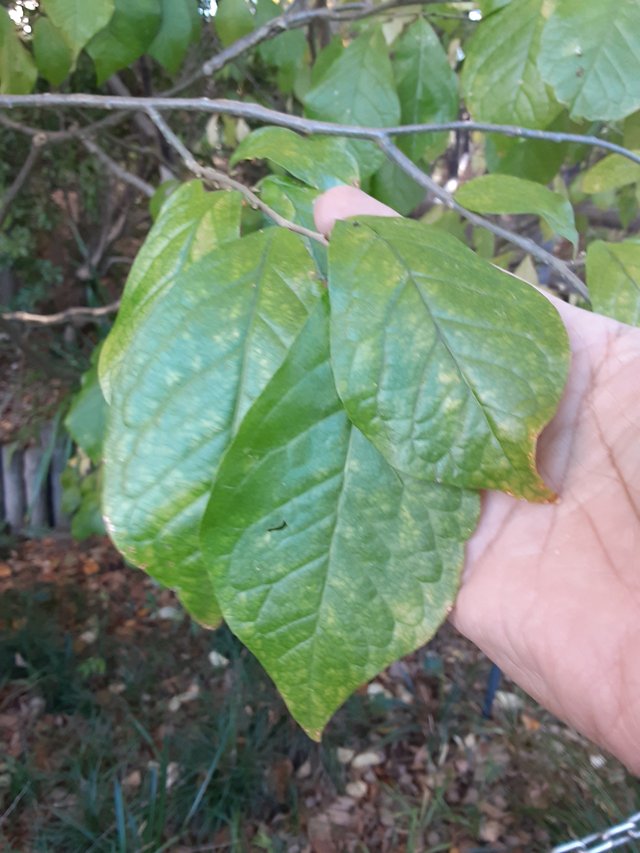
Lindera benzoin, commonly known as spicebush, is a deciduous shrub native to North America, particularly in eastern regions. It is a member of the Lauraceae family and is known for its aromatic leaves and fragrant flowers.
Description of Lindera benzoin Leaves:
- Leaf Shape: The leaves of Lindera benzoin are simple, oval-shaped, or obovate, with smooth edges and no teeth or lobes.
- Leaf Size: The leaves range in size from 2 to 6 inches long and 1 to 2 inches wide.
- Leaf Color: The upper surface of the leaves is dark green, while the underside is lighter green or yellowish.
- Leaf Aroma: The leaves have a spicy, citrusy fragrance when crushed.
Additional Uses of Lindera benzoin Leaves:
- Herbal Tea: The leaves can be dried and used to make a fragrant and flavorful tea.
- Seasoning: The dried or fresh leaves can be used as a seasoning for meats, vegetables, and soups.
- Insect Repellent: The leaves can be crushed and rubbed on the skin to repel mosquitoes and other insects.
Ecological Significance of Lindera benzoin Leaves:
- Wildlife Food Source: The leaves serve as a food source for various insects, including caterpillars of the spicebush swallowtail butterfly.
- Pollinator Attractant: The flowers, which bloom in early spring before the leaves emerge, attract pollinators such as bees and butterflies.
- Nitrogen Fixation: The plant has a symbiotic relationship with nitrogen-fixing bacteria, which helps to replenish nitrogen in the soil.
Ref.:
 |  |
Upvoted! Thank you for supporting witness @jswit.
Downvoting a post can decrease pending rewards and make it less visible. Common reasons:
Submit